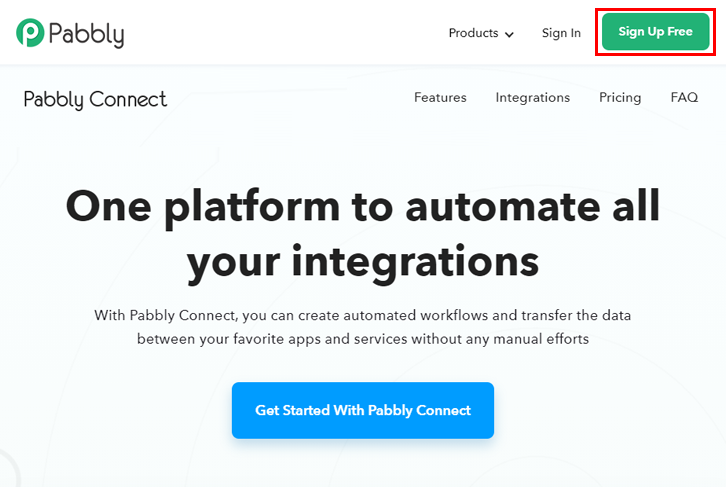Are you searching for an effective way to create Paymo invoices from new Shopify orders in real-time and that too without any coding?
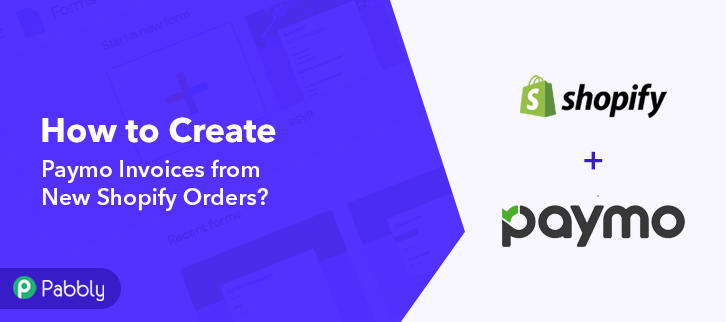
Isn’t it going to be helpful and time-saving, if you can use a connecting service that can let you transfer data automatically from one app to another? Therefore, here in this blog, we’ll be using Pabbly Connect to do so, as it is one of the best automation and integration tool to automate tasks in no time.
Why Choose This Method Of Integration?
In contrast with other integration services-
- Pabbly Connect does not charge you for its in-built apps like filters, Iterator, Router, Data transformer, and more
- Create “Unlimited Workflows” and smoothly define multiple tasks for each action
- As compared to other services which offer 750 tasks at $24.99, Pabbly Connect offers 50000 tasks in the starter plan of $29 itself
- Unlike Zapier, there’s no restriction on features. Get access to advanced features even in the basic plan
- Try before you buy! Before spending your money, you can actually signup & try out the working of Pabbly Connect for FREE
Before we start the integration process, let’s know a little bit about both the software. Basically, Shopify is an e-commerce platform that lets you create an online store to sell, ship, and manage your products. Whereas, Paymo is an online work and project management software that comes with planning, scheduling, and time tracking features.
To know more about this integration, check out the video below –
With the help of Pabbly Connect, whenever a new order will get placed via Shopify, an invoice will automatically get created in Paymo. So, you don’t have to worry about doing repetitive work & can ultimately save a lot of time & effort.
Furthermore, we have a template for this integration that can assist you to get started quickly. Hit the ‘Use Workflow’ button below to get started. Additionally, you can access all the features even in its free plan. All you need to do is go to the Marketplace and look for the apps you use to get started.
So, without any further, let’s start the blog to integrate Shopify with Paymo.
Step 1: Sign up to Pabbly Connect
Start the process to create Paymo invoices from new Shopify orders by hitting the ‘Sign Up Free’ icon on the Pabbly Connect home page. Next, either manually fill-up all the details or sign up using your Gmail account.
Try Pabbly Connect for FREE
Once you are done naming your workflow, now it’s time to select the application you want to integrate. Pabbly Connect allows you to integrate countless premium applications, create your free account now. Subsequently, in order to create Paymo invoices from new Shopify orders, you gotta paste the copied Webhook URL in the software. Therefore, you have to log in to your Shopify account. First of all, we have to select Paymo in the action step to create a client and generate a client ID to make an invoice for the Shopify orders. Furthermore, in order to connect Paymo to Pabbly Connect, you have to paste the API key into the Pabbly Connect from your Paymo account. For this, you have to log in to your Paymo account. After clicking on the ‘API Key’ link, you will be redirected to API Keys webpage. Now, from the above action response, the date is not in the correct format. So, to get the date in the correct format we have to set up a Date/Time Formatter. Promptly, in order to make this Shopify-Paymo integration work and create invoices in your Paymo account, you have to choose an action for your integration. To sum up, this was all about ‘How to Create Paymo Invoices from New Shopify Orders automatically’. Just follow the step by step procedure mentioned above & your Shopify to Paymo integration will be set. In the meantime, you can grab, Pabbly Connect for FREE with all its premium features. Also, do comment us your queries & suggestions in the section given below.Step 2: Access Pabbly Connect
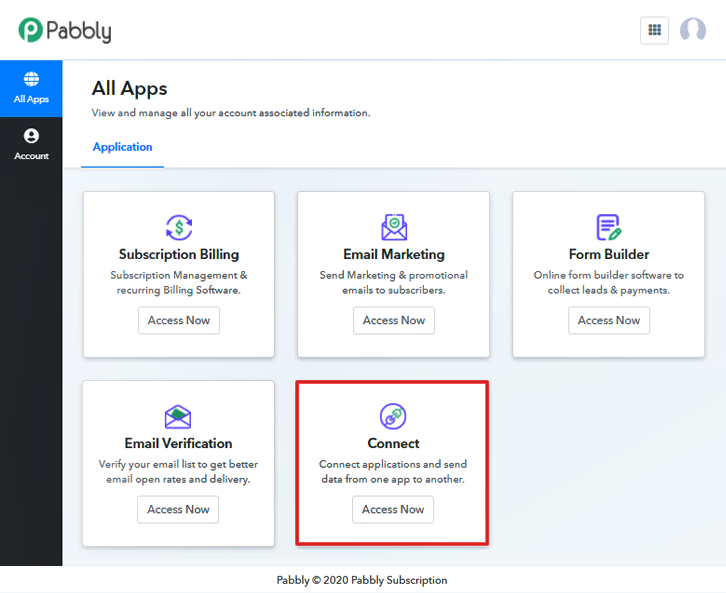
Following that, after logging into the account, hit the ‘Access Now’ button of the Connect section in the dashboard.Step 3: Workflow for Shopify with Paymo Integration
(a) Start with a New Workflow
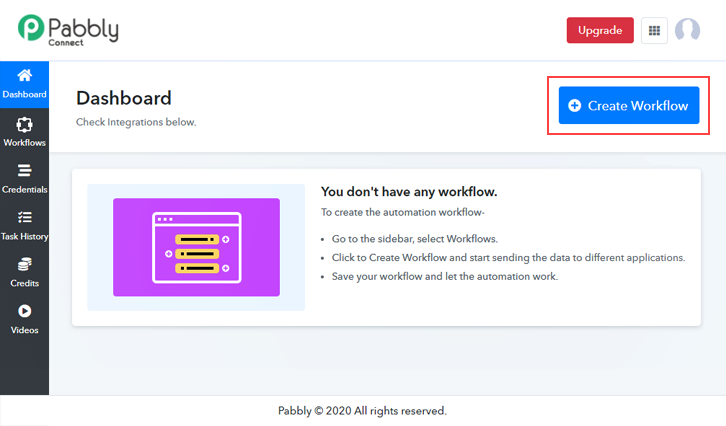
Begin by creating a workflow for your project by pressing the ‘Create Workflow’ button.(b) Name the Workflow
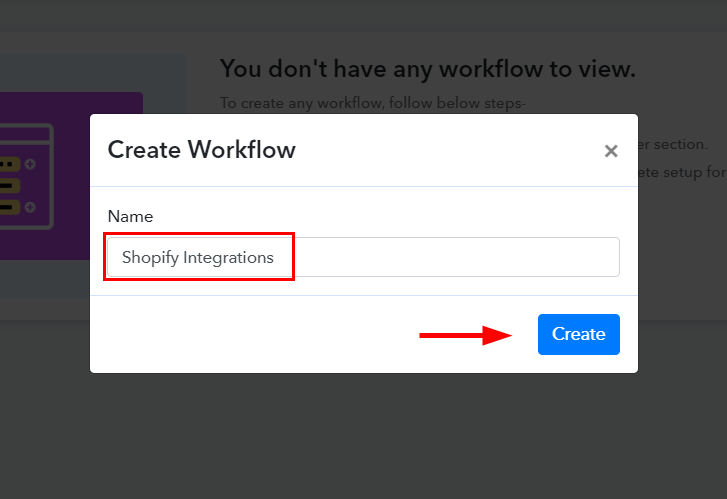
Later, name the workflow just like in the above-shown image. I named the workflow ‘Shopify Integrations’ and then hit the ‘Create’ button.Step 4: Setting Trigger for Shopify with Paymo Integration
(a) Select Application you want to Integrate
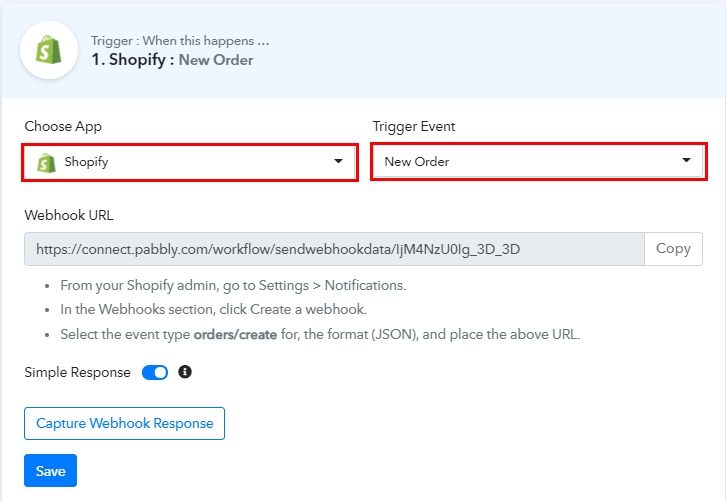
Promptly, select ‘Shopify’ from the dropdown option, then choose the method as ‘New Order’.(b) Copy the Webhook URL
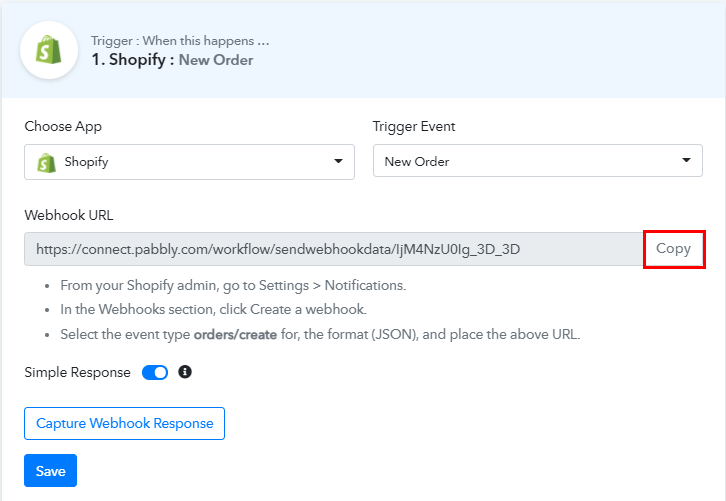
Immediately, copy the webhook URL which is appearing on the dashboard.Step 5: Connecting Shopify to Pabbly Connect
(a) Go to Shopify Settings
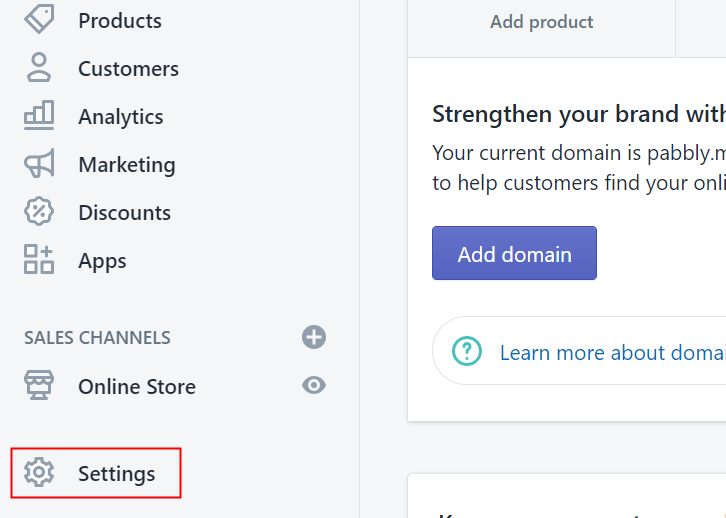
Go to the ‘Settings’ section at the bottom of the dashboard after signing in to your Shopify account.(b) Click on Notifications
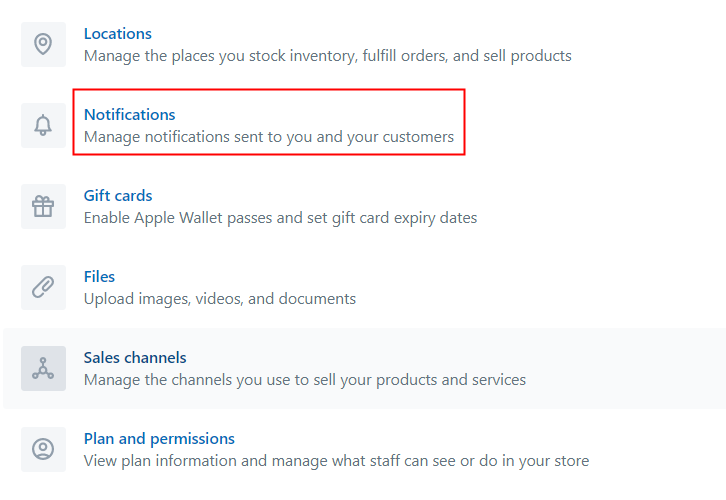
Next, when you hit Settings, a tab with a different option will open. Promptly, to paste the Webhook URL, simply hit the ‘Notifications’ option.(c) Create Webhook
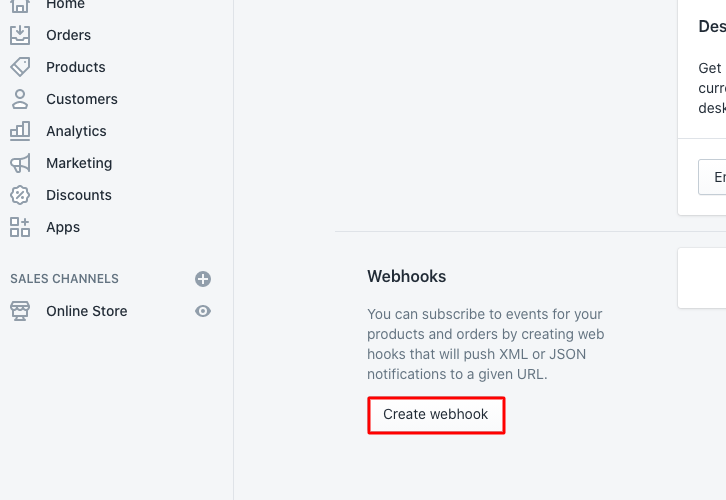
You will see the Webhook option below in the ‘Notification’ tab, just hit the ‘Create Webhook’ button.(d) Paste the Webhook URL
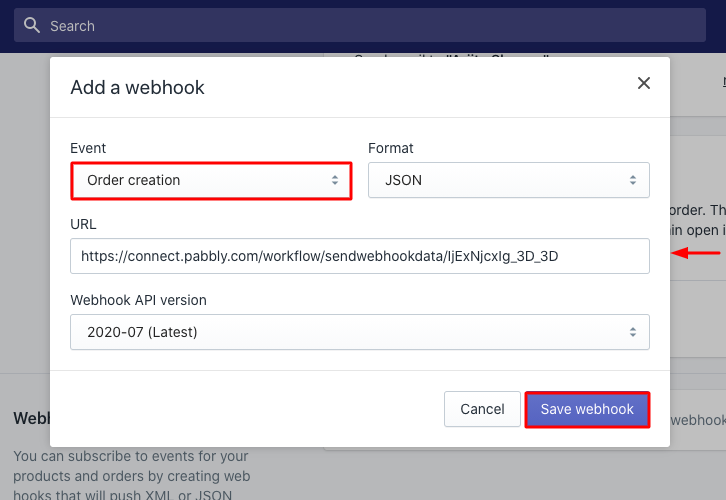
A dialogue box will appear on your screen, here select ‘Order Creation’ in the event section and then paste the copied webhook URL. After making all the changes click on the ‘Save Webhook’ button.(e) Make a Purchase to Test Shopify Integration
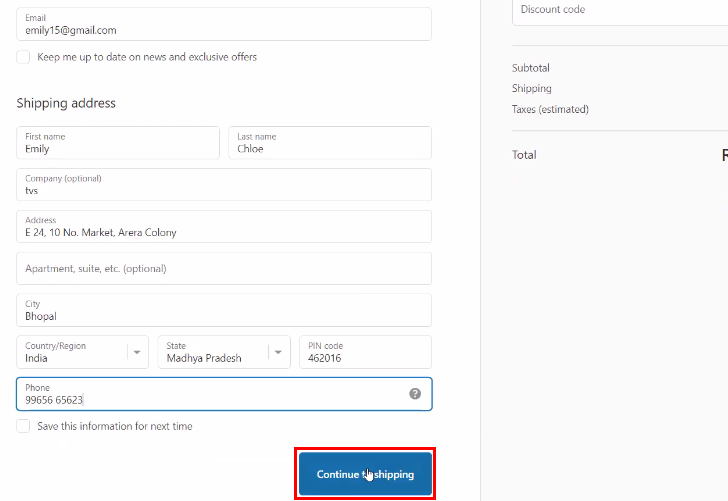
Later, to test the integration among Shopify & Pabbly Connect, just make a dummy purchase in your Shopify account of any product. Moreover, enter all the required details and press the ‘Continue Shipping’ button. Before that, you need to go to the Pabbly Connect dashboard and hit the ‘Capture Webhook Response’ button.(f) Test the Response in Pabbly Connect Dashboard
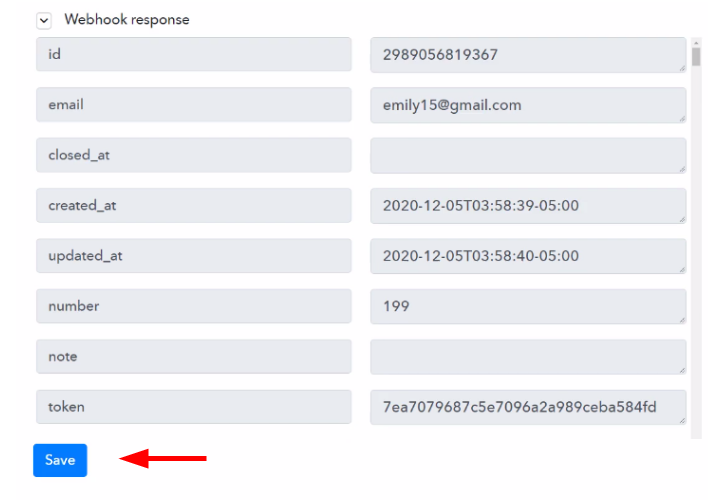
Once you click on the ‘Pay Now’ option in the Shopify account, the entry will appear on the ‘Pabbly Connect’ dashboard. Further, press the ‘Save’ option.Step 6: Setting Action to Create a Client
(a) Select Application you Want to Integrate
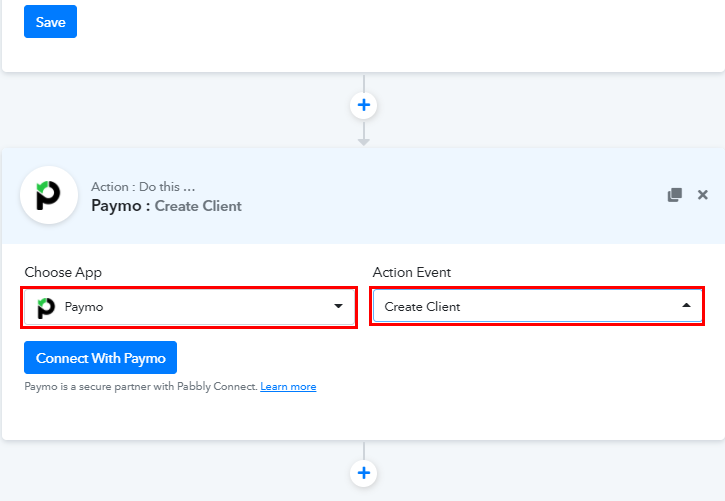
Now in this step, click on the + button below and choose the application that you want to integrate. Here we will choose ‘Paymo’ to integrate and in the method section select ‘Create Client’.(b) Click with Paymo
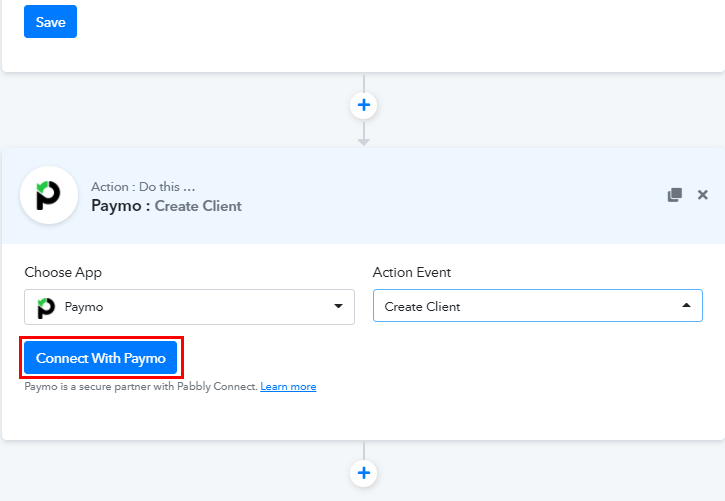
After choosing the application click on the ‘Connect with ‘Paymo’ button and a window will slide from the right side.Step7: Connecting Paymo to Pabbly Connect
(a) Click on API Key Link
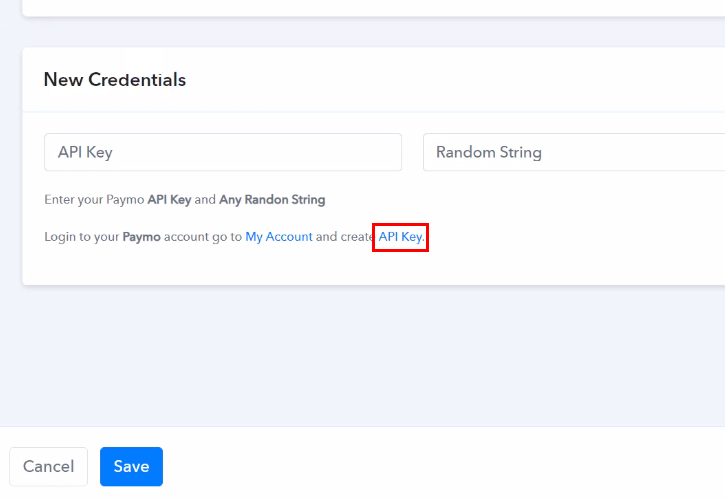 Either login to your Paymo account or you can click on the ‘API Key’ link shown in the Pabbly Connect dashboard.
Either login to your Paymo account or you can click on the ‘API Key’ link shown in the Pabbly Connect dashboard.(b) Generate new API Key
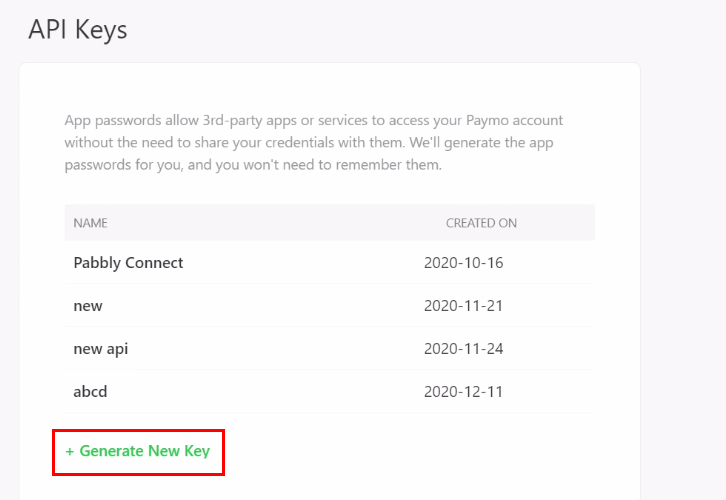
Next, in the API Keys webpage, click on the ‘Generate New Key’ button and a window will pop up.(c) Name API Key
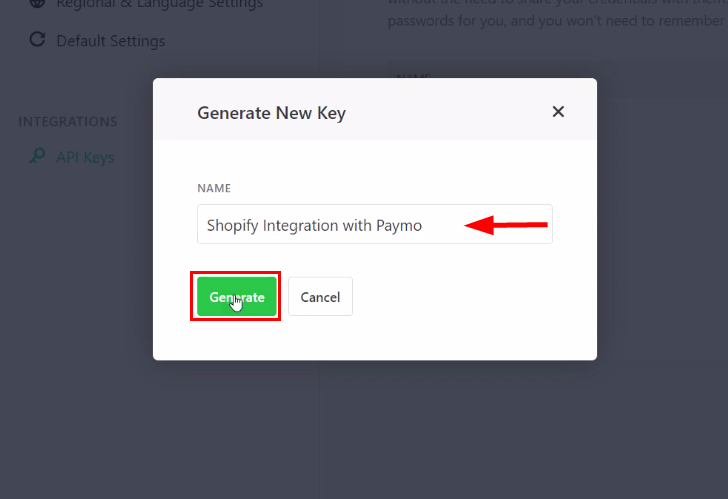
Now, in the pop-up window, you have to assign a name to the API and click on the ‘Generate’ button.(d) Copy the API Key
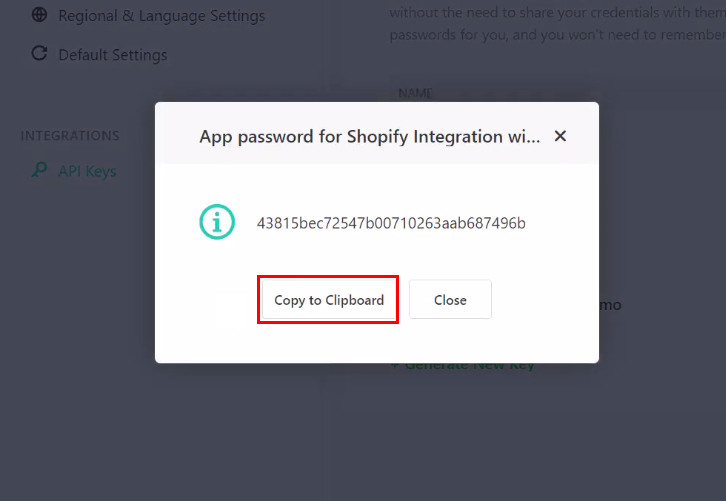
Once you click on the ‘Generate’ button, immediately you will get an API key, copy it.(e) Paste the API Key
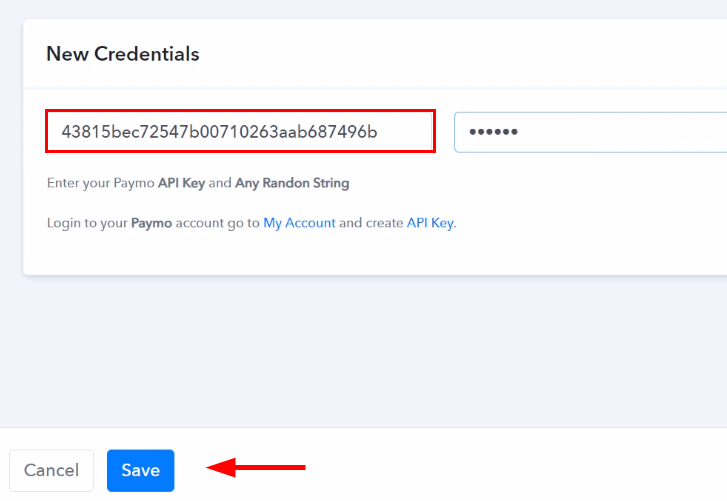
Paste the above copied API Key into the Pabbly Connect window and enter any random string (for instance: ‘abcdef’). At last click on the ‘Save’ button.(f) Map the fields
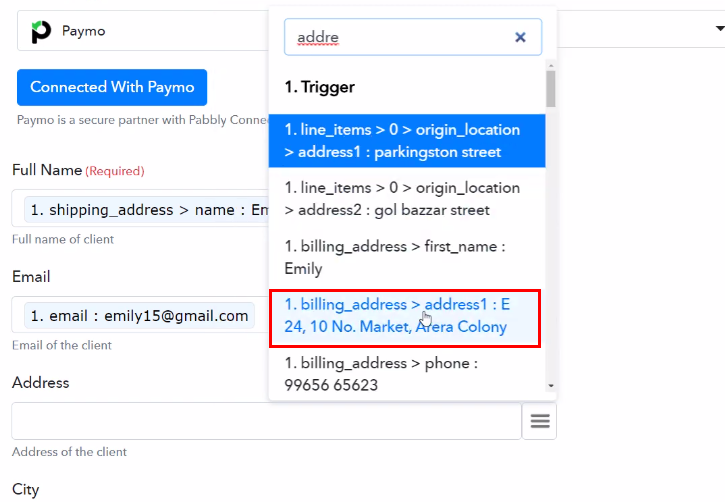
Further, in order to create a new client or generate a client ID, we have to map all the details in the respective fields.(g) Save and Send Test Request
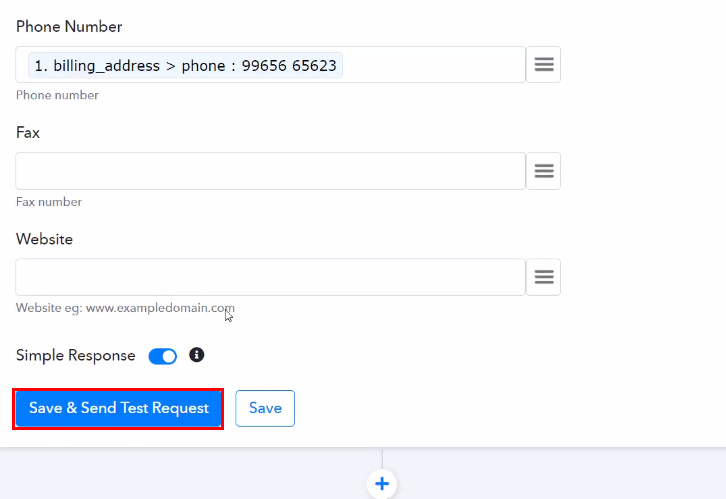
After you are done mapping all the fields, click on the ‘Save and Send Test Request’ button to get the API response.(h) Check and Save Response
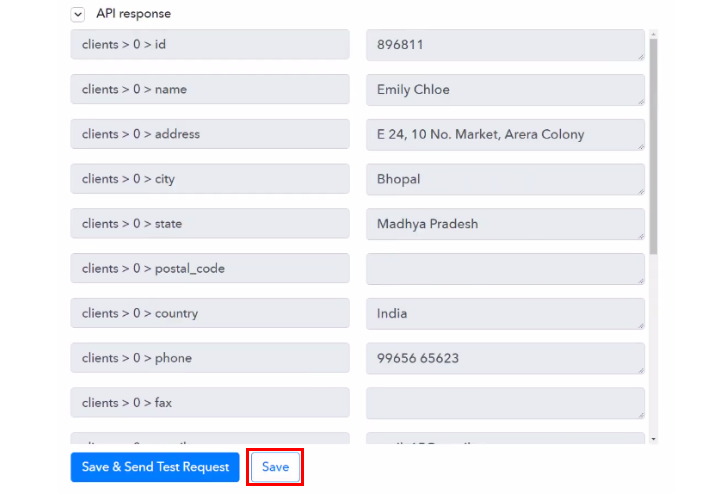
Once you got the API response, check it and finally click on the ‘Save’ button to save this action.Step 8: Setting Date/Time Formatter
(a) Select Application to Format Date
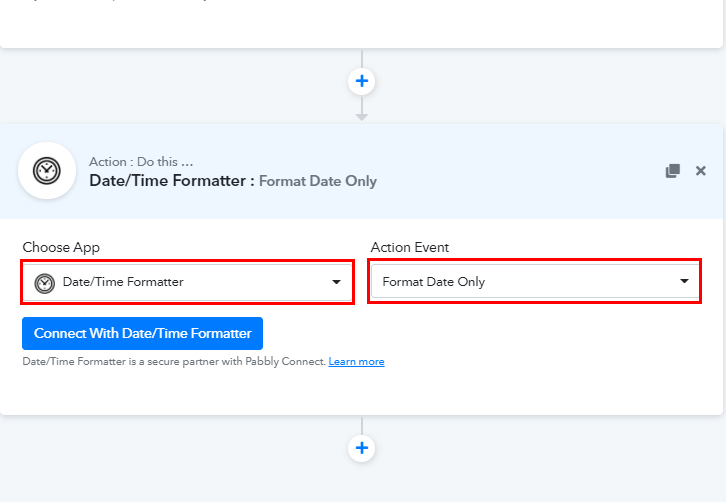
Next, in order to format the date, simply tap on the (+) button and then, select Date/Time Formatter’ in choose app, and in the action event select ‘Format Date Only’.(b) Connect with Date/Time Formatter
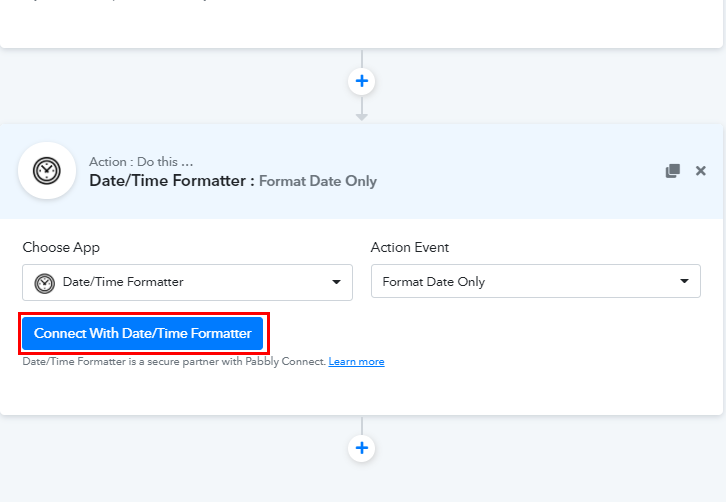
Once you select the application, click on the ‘Connect With Date/Time Formatter’ button.(c) Map the Fields
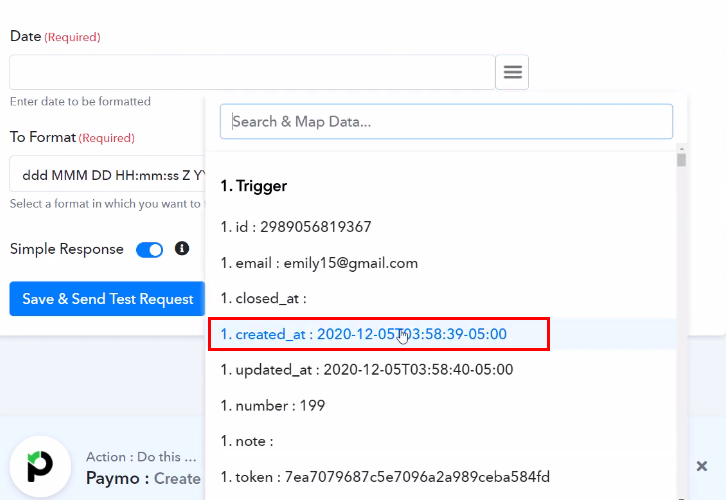
Now, you have to map the field to make the date in a proper format. In the Date field, select ‘created_at’, and from ‘To Format’ field choose the format of date.(d) Save and Sent Test Request
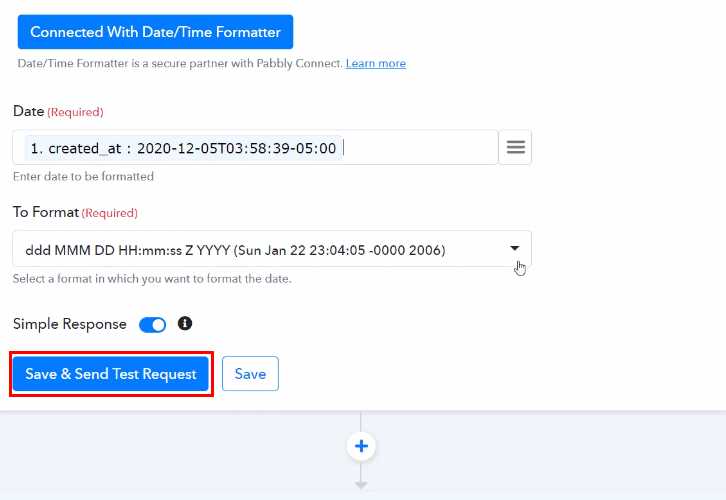
Once you are done mapping all the details, hit the ‘Save and Sent Request’.(e) Save the Response
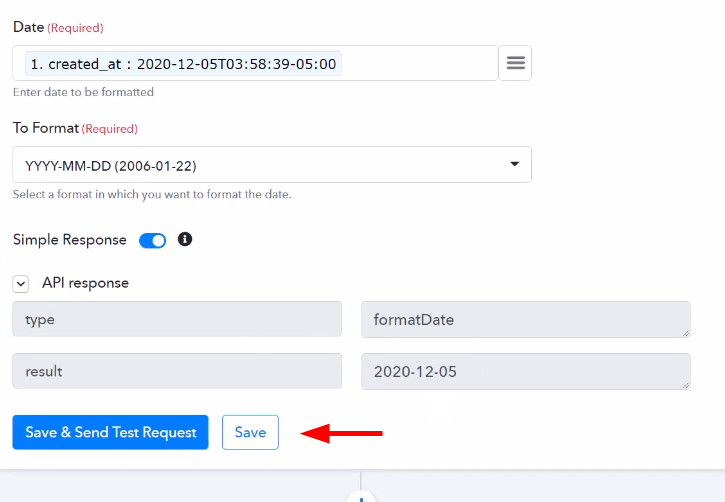
Afterward, you will get the API response and the date is in the proper format now. Lastly, hit the ‘Save’ button.Step 9: Setting Action for Shopify to Paymo Integration
(a) Select Application you Want to Integrate
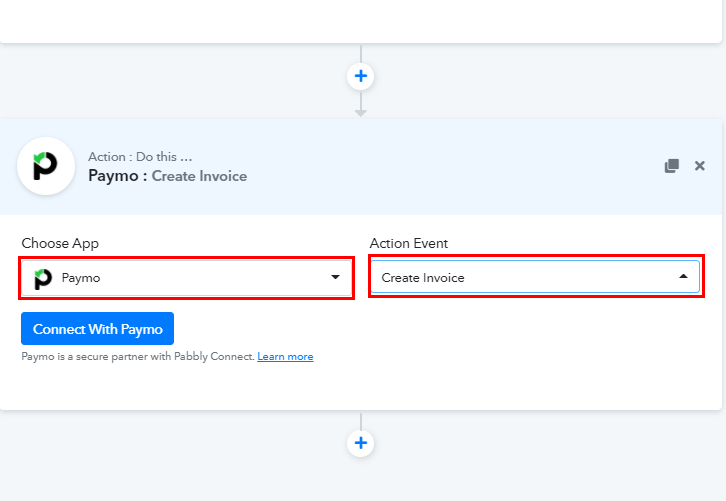
Now in this step, click on the + button below and choose the application that you want to integrate. Here we will choose ‘Paymo’ to integrate and in the method section select ‘Create Invoice’.(b) Click the Connect Button
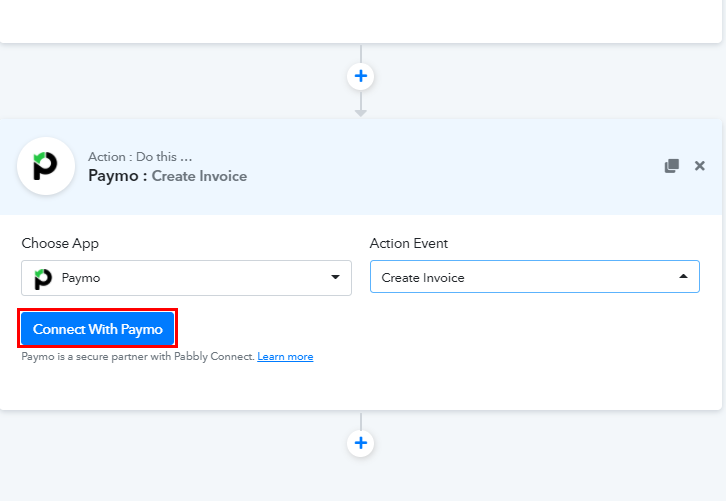
After choosing the application click on the ‘Connect with Paymo’ button.(c) Connect to Paymo
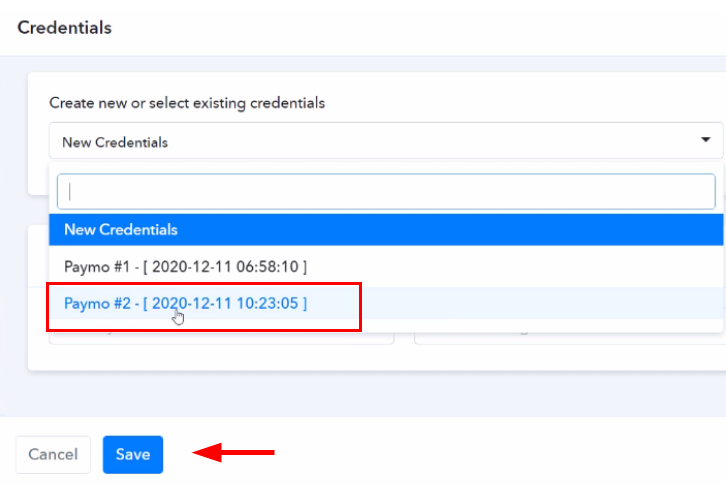
As we have already connected Pabbly Connect with Paymo, so now we don’t need to paste the API Key again. Instead, from the ‘New Credentials’ drop-down select your existing Paymo credentials. Lastly, click on the ‘Save’ button.(d) Map the fields
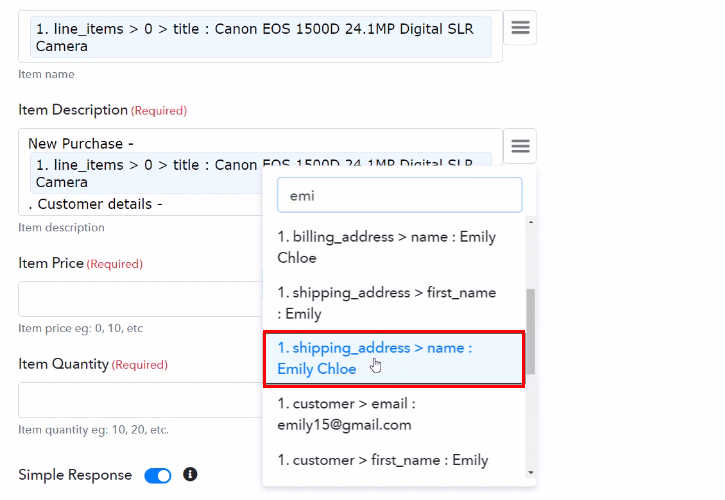
Further, it’s time to map all the required details to create an invoice such as Invoice Template, Client ID, Date (from Date/Time Formatter response), and so on.(g) Save and Send Test Request
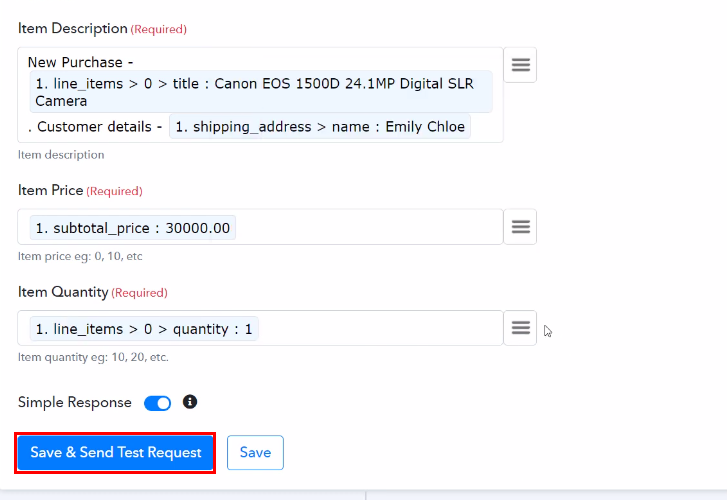
After you are done mapping all the fields, click on the ‘Save and Send Test Request’ button to get the API response.(h) Check and Save Response
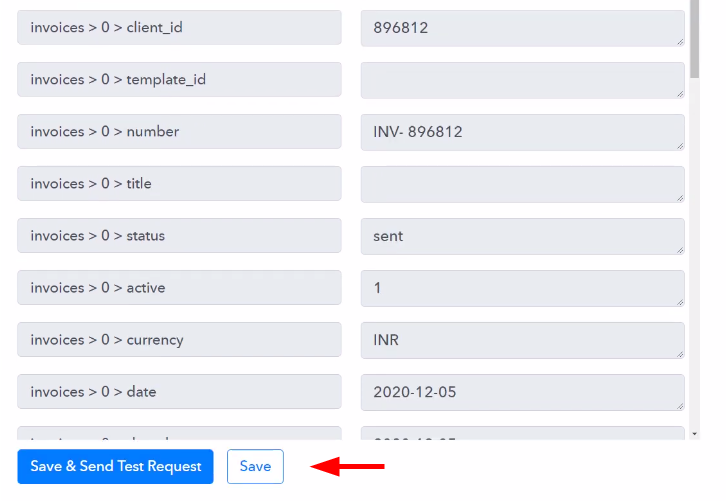
Once you got the API response, check it and finally click on the ‘Save’ button to save the entire workflow.Step 10: Check Response in Paymo Dashboard
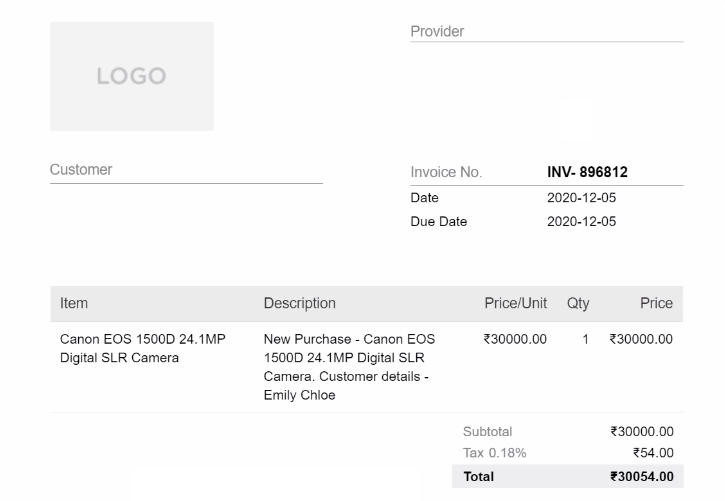
Additionally, visit your Paymo account and you will see that a new invoice has been created successfully with all the respective details. In general, the gist of this integration is that whenever a new order is placed in Shopify, first a client will be automatically created in Paymo, then the order date has been formatted, and ultimately an invoice is generated in Paymo.Conclusion –
You May Also Like To Read –

